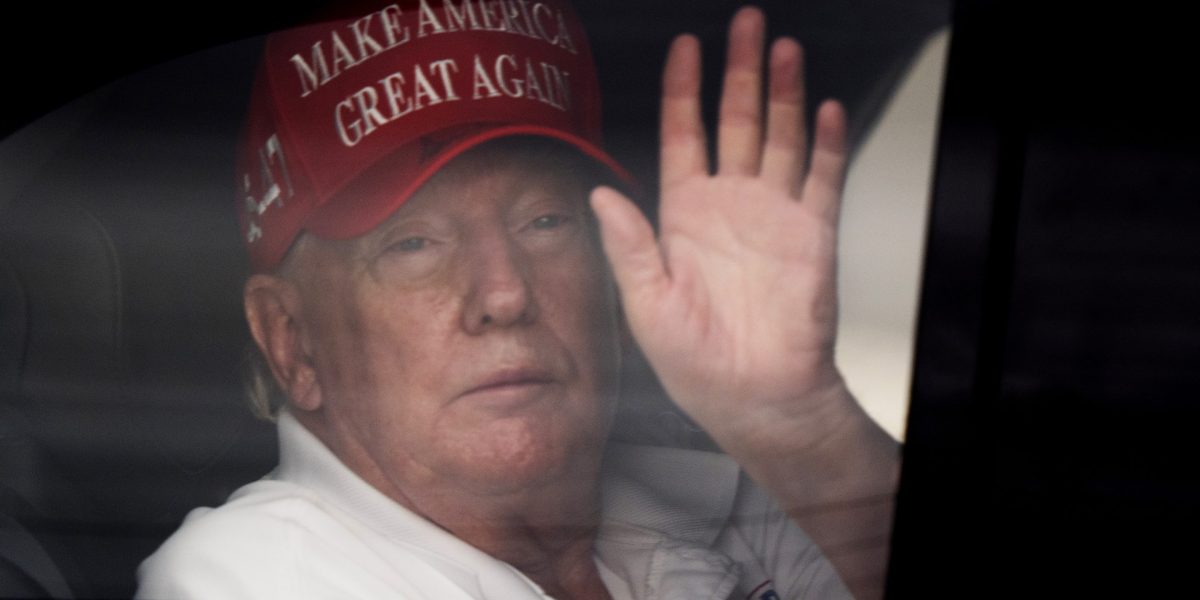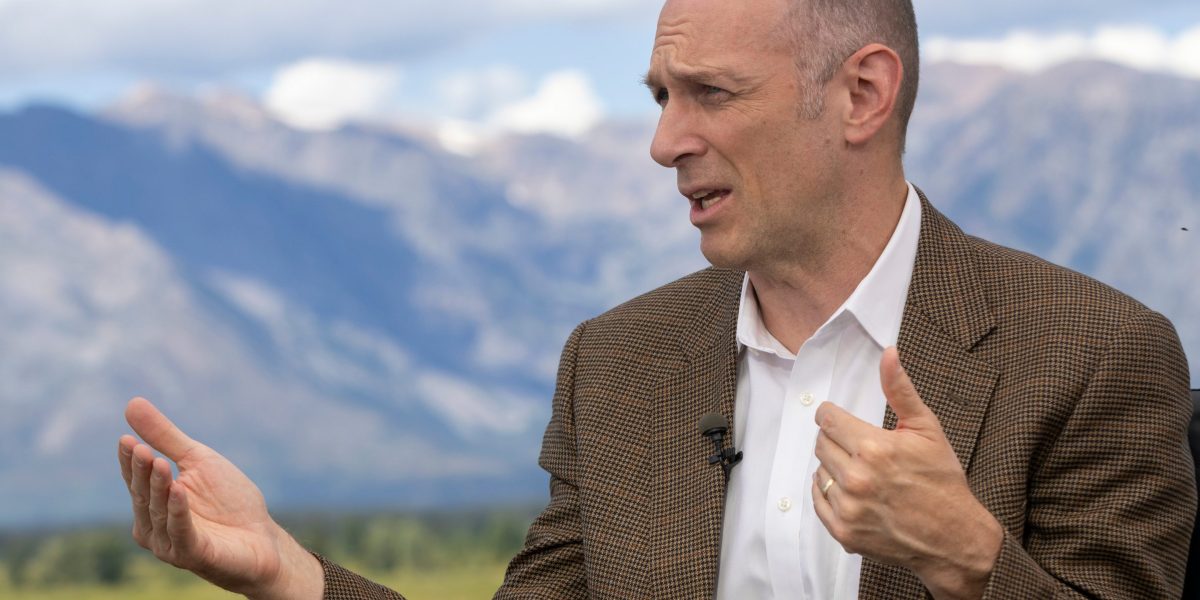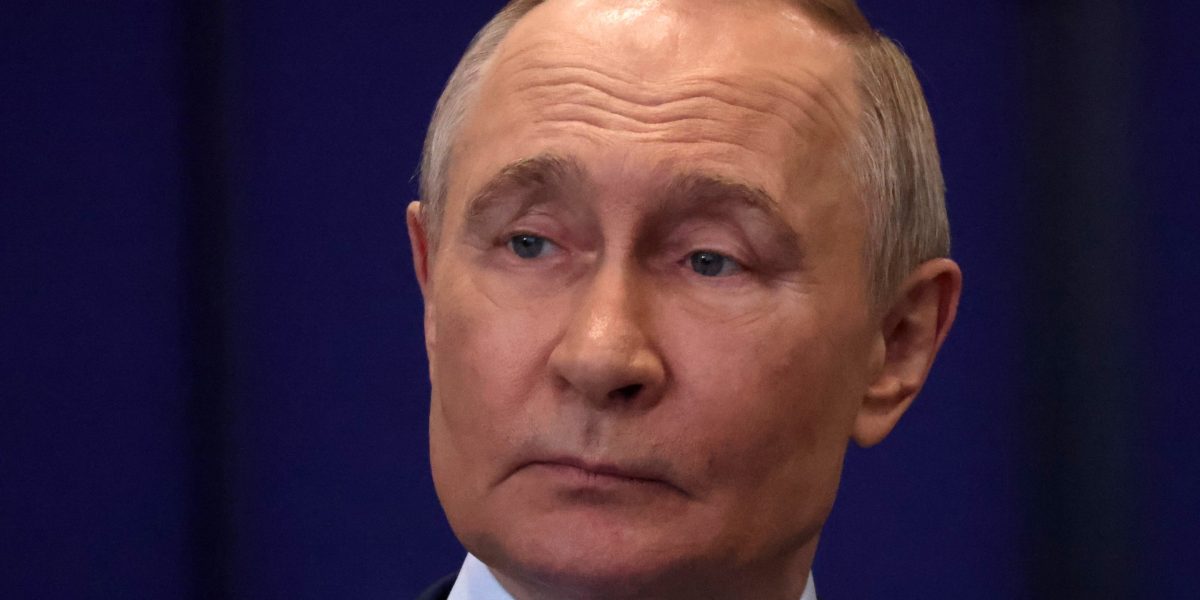President Donald Trump had an annual physical Friday and concluded, “I did well,” praising his own heart, soul and cognitive ability while noting medical reports from White House doctors may not be ready until the weekend.
The 78-year-old, who in January became the oldest in U.S. history to be sworn in as president, spent nearly five hours at Walter Reed National Military Medical Center undergoing what he called “every test you can imagine.”
“I was there for a long time,” Trump said. “I think I did very well.”
Despite long questioning predecessor Joe Biden’s physical and mental capacity, Trump has routinely kept basic facts about his own health shrouded in secrecy — shying away from traditional presidential transparency on medical issues. He said he believes the doctor’s report on his latest physical would be ready on Sunday — though, if history is any indication, that may offer little more than flattery with scarce detail.
White House press secretary Karoline Leavitt said while Trump was still being examined that a “readout from the White House physician” on his health that would be released “as soon as we possibly can” and suggested it’d be comprehensive.
Trump went straight from the examination to Air Force One to fly to Florida for the weekend. Speaking to reporters midflight, he said doctors offered him “a little bit” of advice on lifestyle changes that could improve his health, though he didn’t elaborate on what that was.
”Overall, I felt I was in very good shape. A good heart, a good soul, a very good soul,” Trump said. He also noted that he took a cognitive test. “I don’t know what to tell you other than I got every answer right,” he said.
He said undergoing mental acuity screening was “what the American people want” and took another shot at his predecessor, saying, “Biden refused to take it.”
The finished medical report would be the first public information on Trump’s health since an assassination attempt against him in Butler, Pennsylvania, in July.
Rather than release medical records at that time, Texas Rep. Ronny Jackson — a staunch supporter who served as his White House physician and once joked in the White House briefing room that Trump could live to be 200 if he had a healthier diet — wrote a memo describing a gunshot wound to Trump’s right ear.
In a subsequent interview with CBS last August, Trump said he’d “very gladly” release his medical records, but never did.
Trump is four years younger than Biden. But on Inauguration Day of his second term in January, Trump was five months older than Biden was during his 2021 inauguration — making Trump the nation’s oldest president to be sworn into office.
Presidents have privacy rights protecting their medical records just like ordinary citizens, and that means they have leeway over what details are released. Modern annual physicals, though, have often played key roles in offering the public a sense of the commander-in-chief’s health.
Trump has long opted for offering few substantive details about his health. Before Jackson’s memo, the public hadn’t seen key details since November 2023, when Dr. Bruce A. Aronwald released a letter to coincide with Biden’s 81st birthday, saying Trump was in “excellent” physical and mental health.
The letter, posted on Trump’s social media platform, lacks the basics — such as the Republican’s weight, blood pressure and cholesterol levels, or the results of any test. Instead, Aronwald wrote that he’d examined Trump that fall and found his “physical exams were well within the normal range and his cognitive exams were exceptional,” while also noting that Trump had “reduced his weight.”
Trump was treated at Walter Reed, located in Bethesda, Maryland, outside Washington, for his serious bout with the coronavirus in 2020. During that time, Trump’s physician offered a rosy prognosis on his condition, though White House chief of staff Mark Meadows said some of Trump’s vital signs were “very concerning.”
After Trump recovered, more details emerged that he had been sicker than he’d let on.
In November 2019, meanwhile, Trump’s trip to Walter Reed for a physical was omitted from his public schedule, breaking the White House protocol of giving advance public notice of them.
The visit was revealed three days later, with Trump disclosing that he’d had a “very routine physical.” The White House released a subsequent statement from the president’s then-personal physician, U.S. Navy Cmdr. Sean Conley, saying it had been a “planned interim checkup” kept “off the record” due to scheduling uncertainties.
Arguably, Trump’s most famous past comments about his own health came during a television interview in July 2020, when he listed off “Person. Woman. Man. Camera. TV” while attempting to demonstrate his cognitive abilities.
Trump said that a collection of those five nouns, or ones like them, stated in order, demonstrated mental fitness and were part of a cognitive test he had aced. The president was asked about that test again on Air Force One on Friday and responded, “It’s a pretty well known test.”
“Whatever it is, I got every one — I got it all right,” he said.
This story was originally featured on Fortune.com
Source link

 Entertainment8 years ago
Entertainment8 years ago
 Politics8 years ago
Politics8 years ago
 Entertainment8 years ago
Entertainment8 years ago
 Entertainment8 years ago
Entertainment8 years ago
 Tech8 years ago
Tech8 years ago
 Tech8 years ago
Tech8 years ago
 Tech8 years ago
Tech8 years ago
 Tech8 years ago
Tech8 years ago




 (@andrii_sybiha)
(@andrii_sybiha) 


